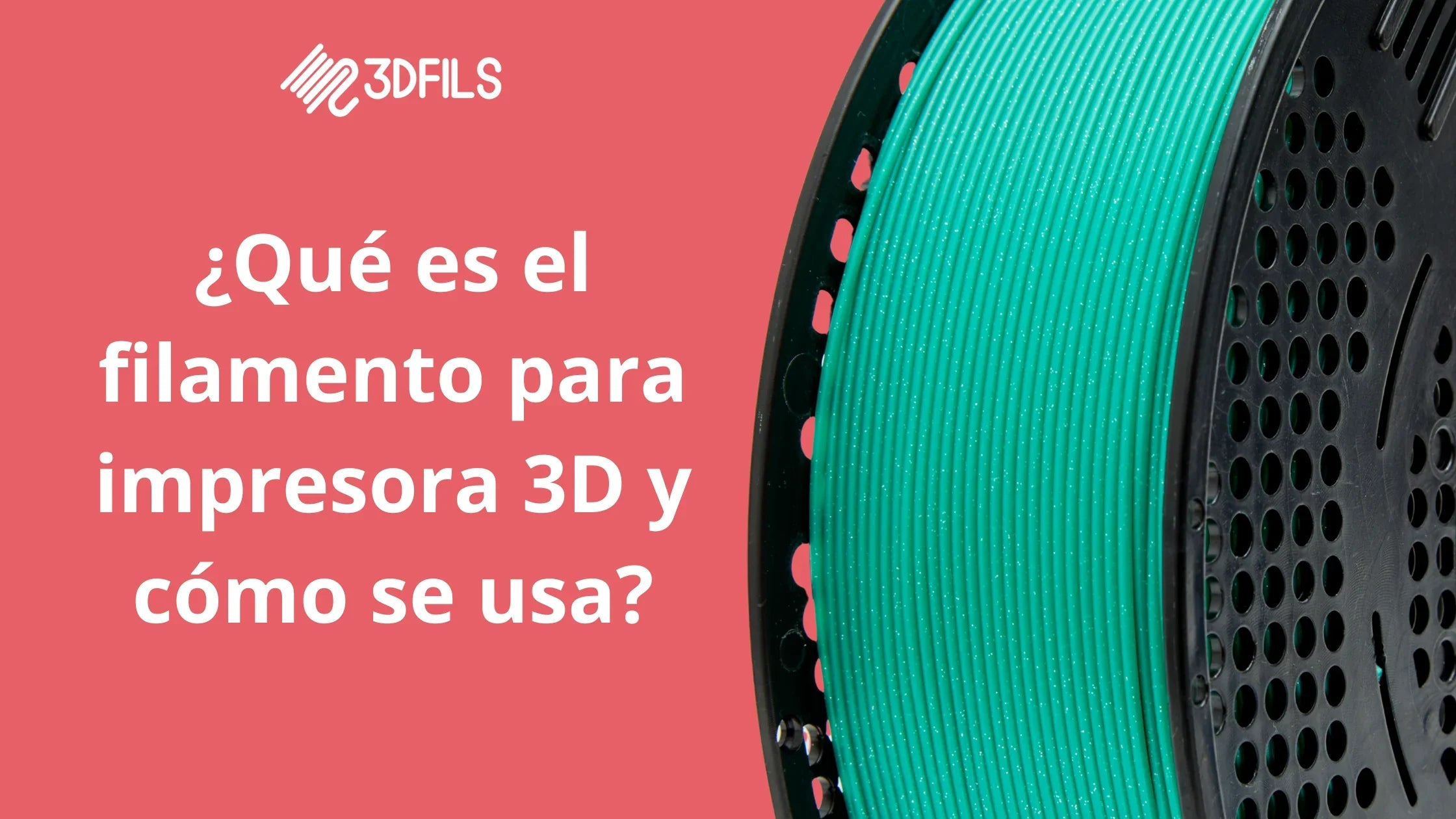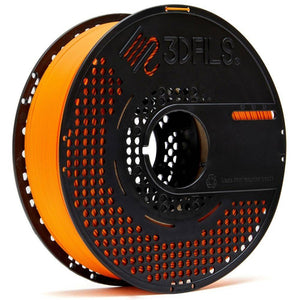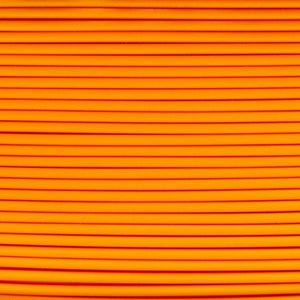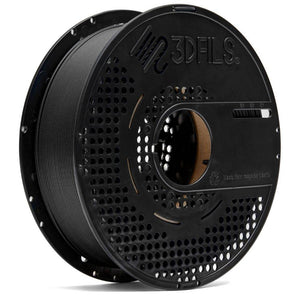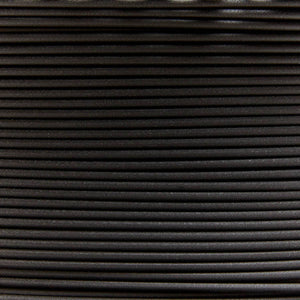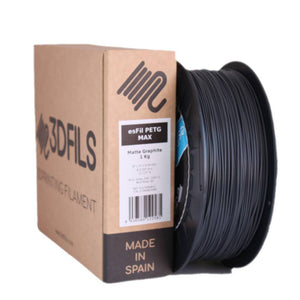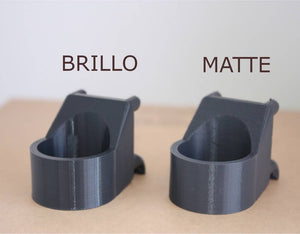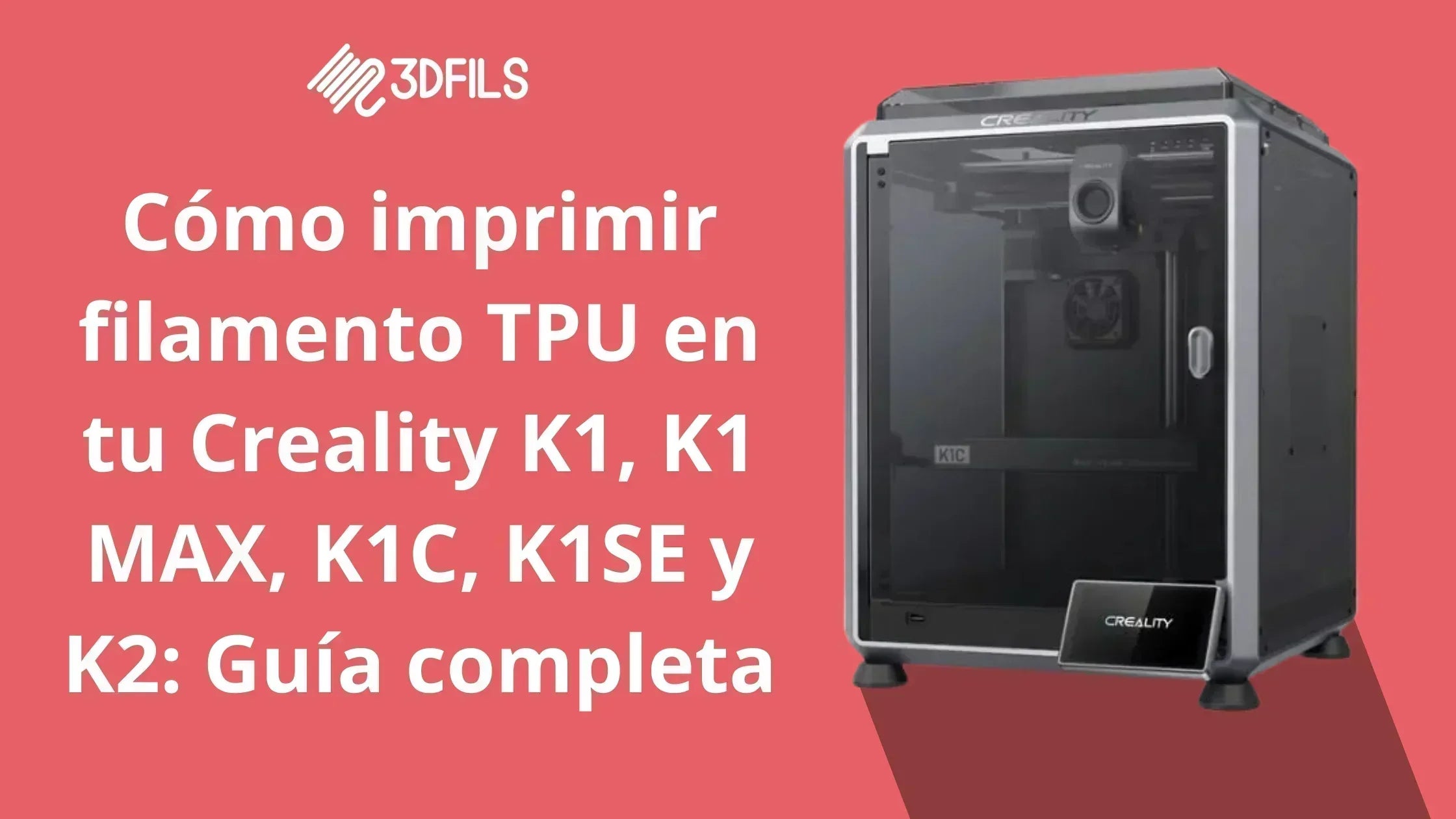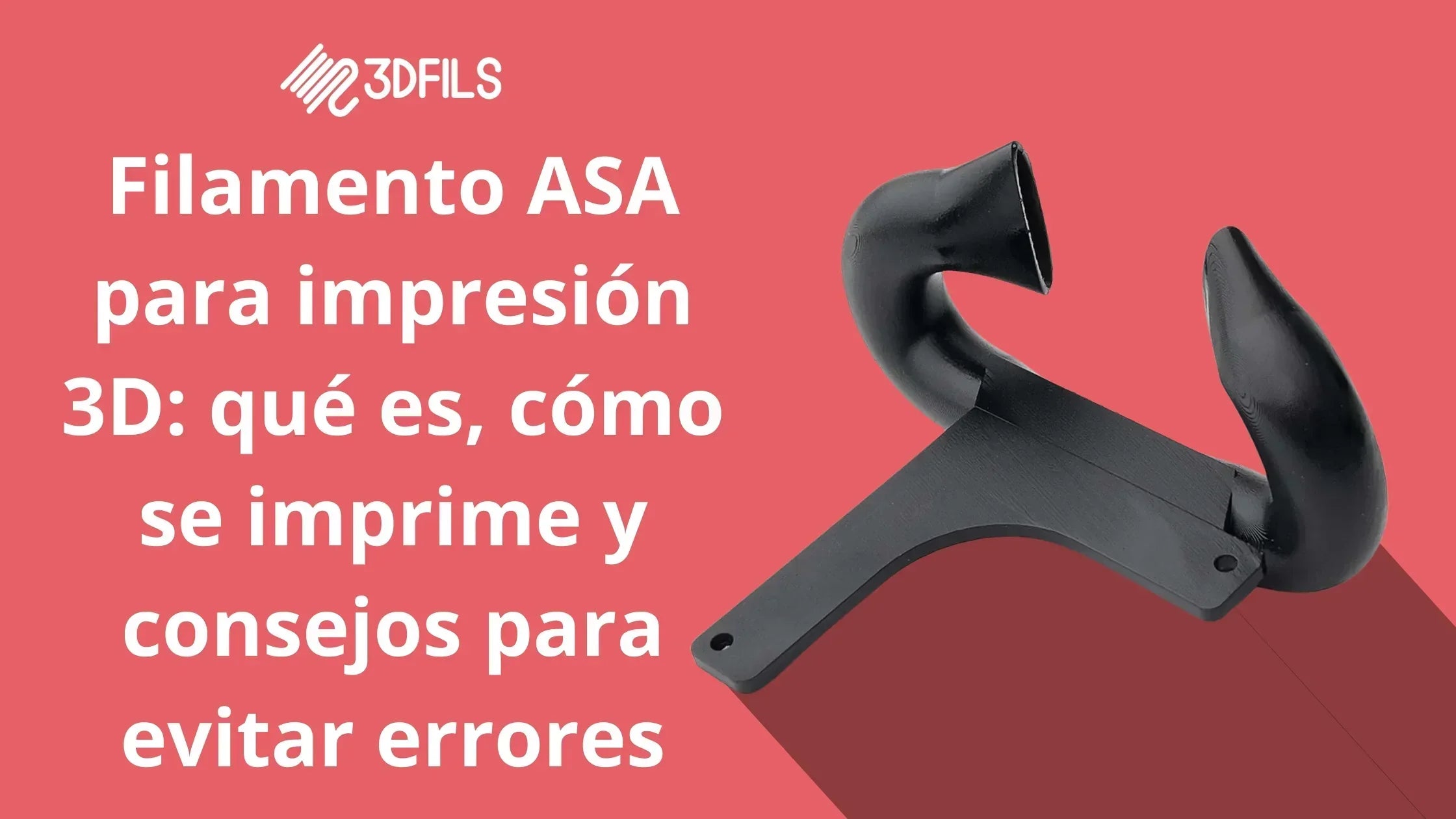3D printer filament is the essential material used in FDM (Fused Deposition Modeling) 3D printing. It comes in the form of a continuous thread wound onto spools and acts as the "ink" that melts and deposits layer by layer to form three-dimensional objects. There are different types of filament depending on the material, each with different characteristics, applications, and requirements.

What is 3D filament used for?
Filaments allow you to print everything from simple prototypes to functional or industrial parts. Their uses vary depending on the type of material:
- PLA: ideal for prototypes, decoration, and aesthetic pieces.
- PETG: durable, suitable for mechanical or outdoor use Moderate.
- TPU: Flexible and durable, perfect for housings, shock absorbers, or elastic parts.
- ASA and Technical: Resistant to sun, impact, and demanding conditions.
Main types of filaments for 3D printing
| Filament type | Characteristics | Common use |
|---|---|---|
| PLA | Biodegradable, easy to print, good Finish | Prototypes, decoration, hobbies |
| PETG | Tough, somewhat flexible, good adhesion | Functional parts, connectors, housings |
| TPU | Flexible, wear- and impact-resistant | Covers, shock absorbers, gaskets |
| ASA | High UV resistance, stable and durable | Outdoor, technical or industrial parts |
How is filament used for 3D printing?
The filament printing process follows these steps: Steps:
- Load the filament into the printer through the extruder.
- Melt it in the hotend at the appropriate temperature (190–260°C).
- Deposit it layer by layer using a nozzle on the heated bed.
- Cool the material so that it solidifies and forms the object.

Each filament has its ideal printing parameters, which you can check in the manufacturer's technical sheet.
What to consider when choosing a filament?
- Compatibility: Make sure your printer accepts the material and diameter (1.75 mm is the most common).
- Final application: Aesthetics, strength, flexibility, outdoor use...
- Technical requirements: Nozzle temperature, heated bed, ventilation, etc.
- Finish: Gloss, matte, special colors, or texture depending on the filament type.
Where to buy 3D printer filament?

At 3DFILS we are manufacturers of professional-quality 3D filament, made in Spain with premium materials and strict quality controls.
- Wide range of PLA, PETG, TPU, ASA, and more
- Local manufacturing and recyclable spools
- Shipping within 24/48 hours from Spain
👉 Explore all our filaments here
Frequently Asked Questions
What is 3D filament?
It's the material that the 3D printer melts to create objects layer by layer. It comes in spools of different materials such as PLA, PETG, or TPU.
What is the best filament to start with?
PLA is ideal for beginners because of its ease of use, good adhesion, and low cost. It also doesn't require a heated bed.
Which filament is best for outdoors?
ASA is the best option for outdoor use thanks to its UV and weather resistance. PETG also offers good resistance.
What temperature does each type of filament require? Filament?
It depends on the material. PLA is typically printed between 190°C and 220°C, PETG between 230°C and 250°C, and TPU between 210°C and 240°C.
What filament diameter is compatible with my 3D printer?
Most home printers use 1.75 mm filament. Some industrial models use 2.85 mm.
How do you know if a filament is of good quality?
It should have a tolerance of less than ±0.02 mm, a uniform winding, and be free of impurities or moisture. All 3DFILS filaments meet these standards.
Can leftover filament be recycled?
It is not recommended to reuse printed filament, but you can recycle our spools, as they are made from recyclable material.
Conclusion
Filament is the heart of any 3D printing project. Knowing their properties and how to choose the right one will make a difference in your results. At 3DFILS, we offer filaments made in Spain, tested by thousands of users, and with a satisfaction guarantee.
🚀 Ready to start printing?
Buy 3D filament directly from the manufacturer, with fast shipping from Spain and personalized service.
See all filaments

